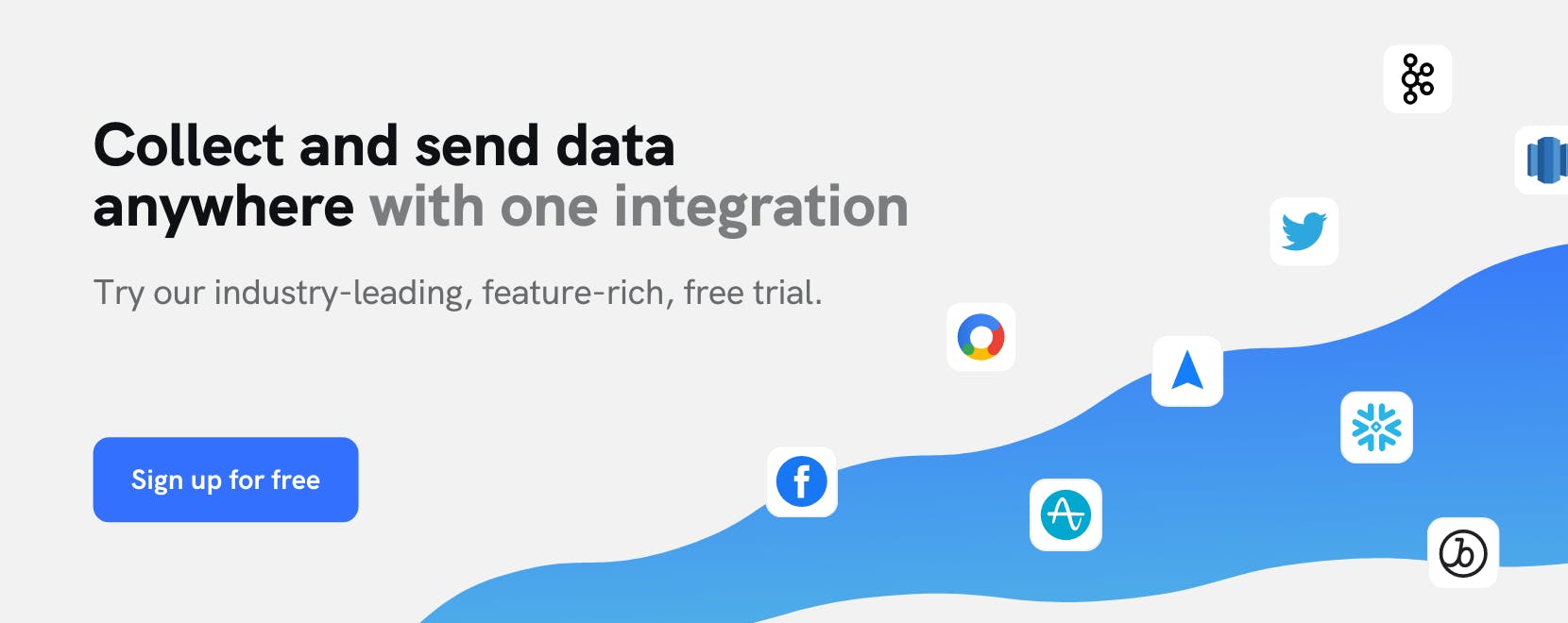Use Cases
Reach loyal customers with exclusive offers using Looker and Facebook


The rise of modern business intelligence (BI) and data analytics platforms have allowed teams to make sense of the vast amounts of historical data. That’s why Google paid a whopping $2.6 billion to acquire Looker back in 2019.
What makes BI insights more valuable, however, is the ability to use insights to drive marketing and product decisions. mParticle’s Looker Feed integration does just that by allowing you to import segments, calculations, and insights back into mParticle for activation.
This use case will walk through how you can identify long-term, loyal customers by running a Looker query on historical engagement data, forward query results to mParticle, and connect that data to Facebook for activation.
Step 1: Design your query in Looker
Looker makes it easy to run granular SQL queries in any SQL database and visualize the results for your team. To identify a segment of long-term, consistent purchases, you can define certain filters based on order count and order frequency in Looker explores. Looker will pull the results of your query into a table. You can also define calculations to your table, such as whether or not a user is a high LTV customer based on their purchase history. Be sure to define one dimension as a “segment” attribute, as this will come in handy once forwarded to mParticle.
Step 2: Forward your query to mParticle
Within Looker, the mParticle Action enables users to send their query results directly from Looker to mParticle. For this use case, we can send profile attributes as “User Profiles” and send the query to your production mParticle environment. Within mParticle, the lifetime revenue, segment, and high LTV data points from your Looker query will appear as attributes on each customer profile.
Steps 1 and 2: Design your query in Looker and connect it to mParticle
Step 3: Build an Audience
Next, you can use the user attributes forwarded from Looker to define an mParticle Audience that can be connected to downstream tools. For your mParticle Audience criteria, you can define User Attribute ‘Looker_segment’ as the name of the segment calculation in your Looker query, in the case of our example ‘Long-term consistent purchasers’. If you’d like to define your Audience further than you did in Looker, you can add additional criteria and reference any data points on your mParticle user profiles.
Step 4: Connect your Audience to Facebook
Finally, you can use mParticle's Facebook Audience integration to connect the segment to Facebook. The Audience will appear in Facebook as a Facebook Custom Audience (mParticle’s Facebook Audience integration does support Facebook’s Value-based Audiences). By default, mParticle forwards updates to Facebook either when 750,000 messages are in the queue or when 3 hours have passed since the last update.
mParticle’s Looker Feed integration enables you to activate robust BI insights across 280+ marketing and analytics tools. mParticle Facebook Audience integration allows you to build dynamic Facebook Audiences based on data collected from across channels. By connecting both systems with mParticle, you’re able to retarget lapsed customers with promotional campaigns without requiring engineering to manage data flows between systems.


